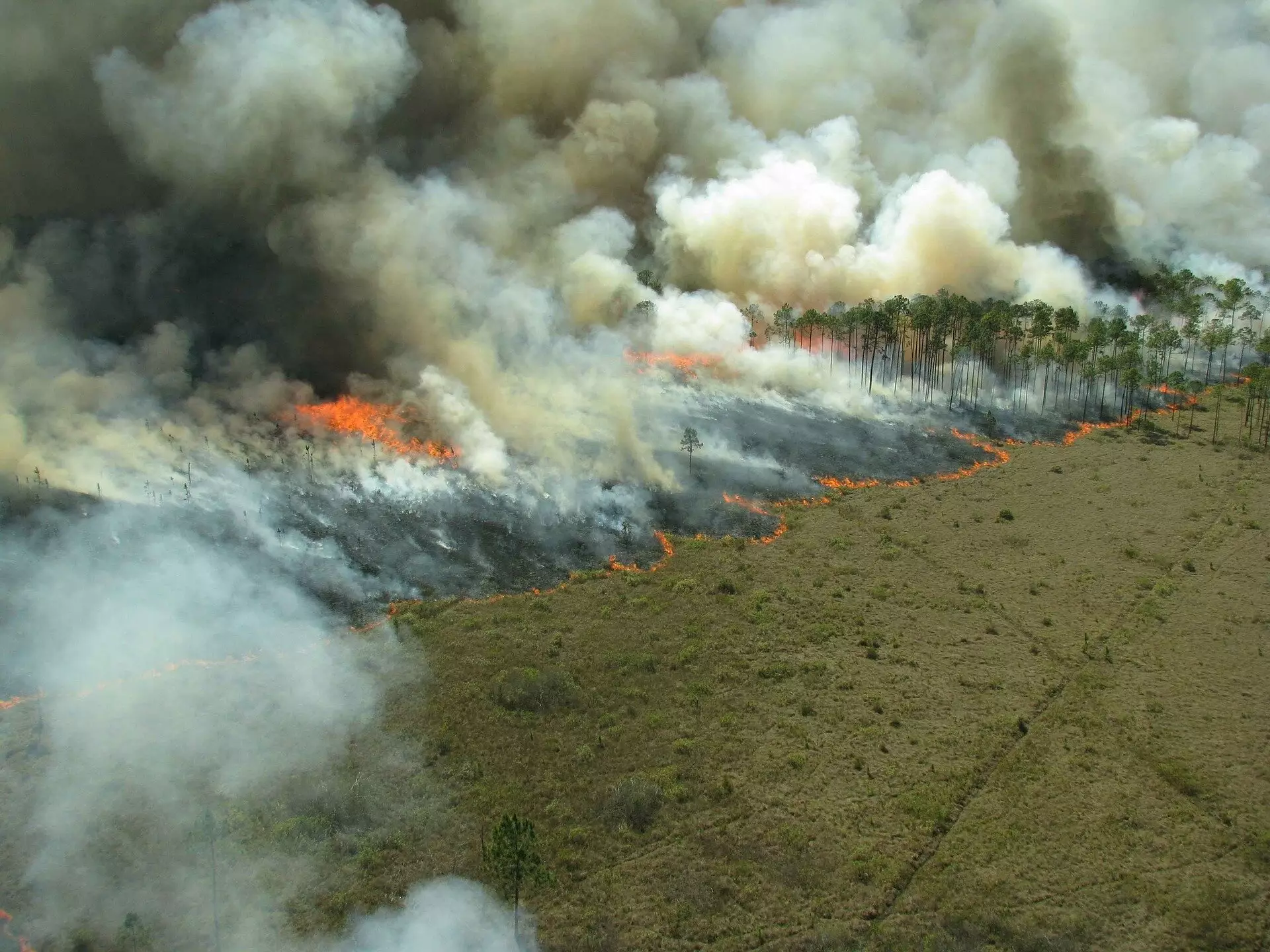Prescribed burns, a practice often used in fire-prone landscapes, have gained traction as a means to prevent larger and more destructive wildfires. While these controlled fires help keep forests healthy by reducing fuel buildup, they also pose health risks due to the smoke they generate. Forest managers are faced with the challenge of determining the right balance between the long-term benefits of fuel reduction and the short-term smoke costs. Additionally, it is crucial to find ways for nearby communities to better prepare for fire seasons. In light of these concerns, an international team of researchers from the University of Washington has developed a framework to assist land managers in assessing the air quality implications of different prescribed burning scenarios.
To evaluate the impact of prescribed burning on air quality, the researchers employed a series of models that estimate the smoke effects of various burning levels on ecosystems and nearby communities. By applying this framework to California’s Central Sierra range, the team found that moderate amounts of burning result in reduced overall smoke levels. All levels of prescribed fires tested reduced the amount of wildfire smoke. However, it is important to note that higher levels of prescribed fires can introduce significant health hazards. The findings specific to the Central Sierra landscape were reported in two papers: one published in Nature Sustainability, which estimated the total amount of smoke produced during an average wildfire season, and the other published in Environmental Research Letters, which analyzed the impacts on outdoor agricultural workers in the region.
Reducing fuel density through prescribed burning can potentially mitigate the severity of wildfires when they occur. This, in turn, may lower emissions and minimize smoke exposure and health-related impacts. Compared to the unpredictable nature of wildfires, the timing and location of prescribed burns are planned, making them more manageable. However, effectively communicating this concept has been challenging in the past. The researchers succeeded in quantifying the trade-off between reducing wildfire risks and its impact on human health through prescribed burning at a local scale.
The study focused on the Tahoe Central Sierra Initiative, a vast expanse covering public, private, and commercial land totaling 2.4 million acres. Six forest management scenarios with increasing levels of prescribed burning were developed by a consortium of land managers. These scenarios ranged from Minimal Management, which involved no prescribed burns, to a scenario named Fire++, characterized by an estimated annual burning area of 30,000 acres. The models estimated the amount of smoke generated by wildfires and prescribed burns in each scenario, as well as the health impacts on nearby communities.
In every scenario that incorporated prescribed burning in the Tahoe Central Sierra Initiative, the duration of wildfire smoke season was reduced, leading to lower overall smoke levels compared to scenarios without prescribed burns. This reduction in smoke exposure can potentially benefit nearby communities and outdoor agricultural workers. The model indicated that the lowest concentrations of fine particles (PM2.5), a measure of smoke levels, were observed in scenarios with a moderate amount of prescribed burning, referred to as the Fire scenario. Scenarios involving higher levels of burning, such as Fire+ and Fire++, produced slightly more smoke overall.
The lead author of the papers, Claire Schollaert, hopes that forest managers nationwide will adopt and replicate the methods employed in this study. By doing so, they can effectively incorporate public health considerations into management planning specific to their landscapes. While the precise optimal level of prescribed burning may vary depending on the location, mitigating extreme wildfire risks will generally lead to lower fire severity and lower emissions. Crucially, collaboration with health agencies is vital in planning for smoke resulting from prescribed burns.
The study’s findings provide valuable insights into the delicate balance between reducing wildfire risks and the associated health impacts. Prescribed burns, when carefully managed, can significantly lower overall smoke levels during wildfire seasons. By utilizing the framework developed by the University of Washington researchers, land managers can determine the optimal level of prescribed burning in their respective landscapes. The integration of public health considerations into management planning is crucial for minimizing the short-term smoke costs while reaping the long-term benefits of fuel reduction.


Leave a Reply